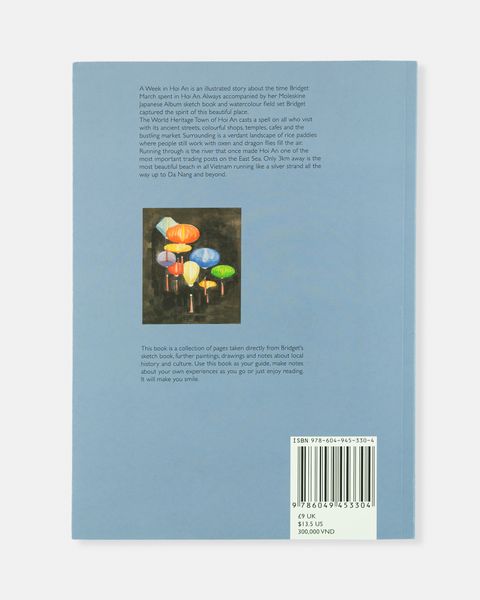Hộp Tư Duy Thiết Kế Cards
SKU:SMC018Description
Vẻ đẹp của tư duy thiết kế nằm ở… chính bạn. Chắc nó cũng không đẹp gì hơn những phương pháp giải quyết vấn đề khác đâu, cho đến khi bạn phả vào trong đó những chất liệu tư duy mà bạn tìm thấy được. Nó chỉ có thể đóng vai trò như một tấm bản đồ chỉ đường, nhưng để tận mắt nhìn thấy cái đẹp thì chính bạn phải đặt từng bước chân lên những vùng đất đó. Mà trước tiên là phải đi qua từng cung đường rất ít bằng phẳng (nhưng không có nghĩa là bạn không thể tận hưởng chúng). Đó chính 5 bước giải quyết vấn đề quen thuộc:
— Bước 1: Thu thập thông tin để hiểu sâu sắc sự phức tạp của vấn đề
— Bước 2: Phân tích thông tin để xác định chính xác vấn đề nên được giải quyết
— Bước 3: Sáng tạo thật nhiều ý tưởng để gạn lọc ra một vài ý tuởng tốt
— Bước 4: Phát triển mẫu thử để kiểm tra hiệu quả ban đầu của các ý tưởng được chọn
— Bước 5: Kiểm chứng hiệu quả của các mẫu thử (và cả quá trình tư duy trước đó) để bắt đầu lại một cách thông thái hơn.
Perhaps you are no longer unfamiliar with design thinking, a problem-solving thinking method that focuses on human needs. This box will once again repeat the 5 steps of this simple thinking method, although in reality when applied, it will be much more messy and complicated, because everything that touches people has many layers. Lang hidden and appeared, extremely complicated! However, a process with specific steps will also be a great help in simplifying and structuring that mess. (If you don't need to be messy, arrange it neatly, then the mess will be free to roam.) Maybe that's why this thinking method is being applied by many people. organizations from many fields around the world.
The beauty of design thinking lies in…you. It's probably no more beautiful than other problem-solving methods, until you inject into it the thinking materials you find. It can only act as a road map, but to see the beauty with your own eyes, you must set foot on those lands yourself. First of all, you have to go through each road, which is very less flat (but that doesn't mean you can't enjoy them). Those are 5 steps to solve familiar problems:
— Step 1: Collect information to deeply understand the complexity of the problem
— Step 2: Analyze the information to determine the exact problem that should be solved
— Step 3: Create a lot of ideas to filter out a few good ideas
— Step 4: Develop a prototype to test the initial effectiveness of selected ideas
— Step 5: Verify the effectiveness of your prototypes (and previous thinking processes) to start over more intelligently
Review


























